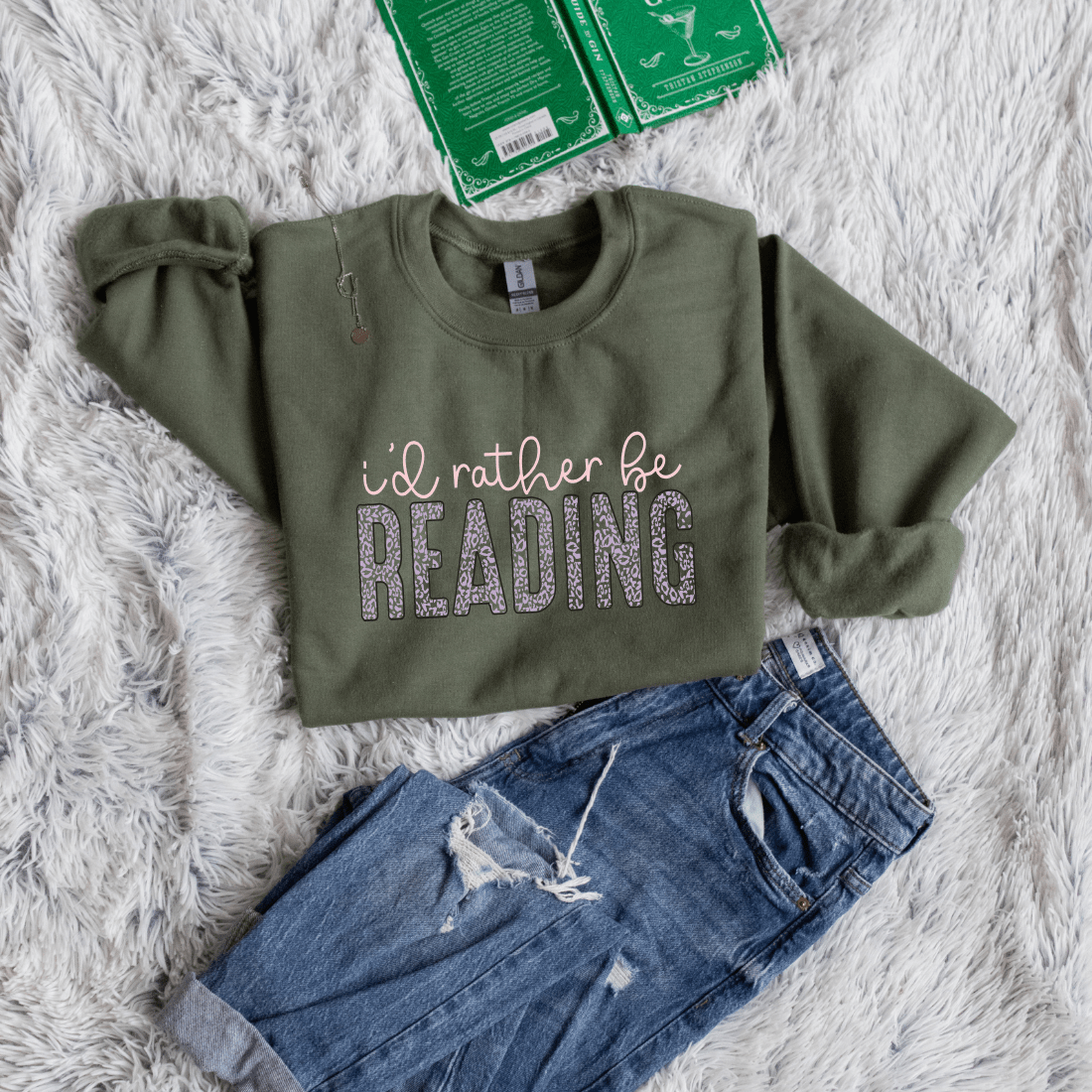
How to Make Your Book Club More Accessible (Neurodiversity, Disabilities, etc.)
Table of content
- 1. Key Takeaways
- 2. What Makes a Book Club Truly Accessible?
- 3. Choosing Books with Accessibility in Mind
- 4. Adapting Your Meeting Format: In-Person and Online Options
- 5. Sensory-Friendly Meeting Spaces
- 6. Communication Tips That Make a Difference
- 7. Book Formats That Support Diverse Needs
- 8. Involving Members in the Accessibility Conversation
- 9. Accessibility is Ongoing: Keep Learning and Adapting
Key Takeaways
- An accessible book club considers different needs like mobility issues, sensory sensitivities, and neurodiversity.
- Format flexibility—online, hybrid, or asynchronous—can make meetings easier for everyone.
- Choose books available in audiobook, large print, or eBook formats to support different reading styles.
- Sensory-friendly environments, quiet corners, and fidget tools create safer meeting spaces.
- Open communication, feedback, and voluntary opt-in options build trust and respect.
- Accessibility is not a one-time fix. It’s a mindset that improves with member input.
- External tools like Otter.ai or Inclusive Publishing support accessibility.
- Everyone benefits from accessibility—not just those with disabilities.
What Makes a Book Club Truly Accessible?
An accessible book club is one where all members—regardless of physical, cognitive, or sensory differences—feel welcome, safe, and supported. It’s not just about ramps or captions. It’s about mindset and preparation.
Here’s what that can include:
- Offering multiple ways to take part (in-person, online, text-based)
- Picking books in accessible formats like audiobooks or large print
- Being flexible with how members engage—some might listen more than speak
- Avoiding environments that trigger sensory discomfort (loud noises, bright lights)
This isn’t only about disability—it’s about respect. When we plan for accessibility, we create a space where everyone can thrive.
Choosing Books with Accessibility in Mind
Book selection plays a huge role in inclusion. It’s not just about what’s popular—think about how the book is delivered.
Choose books that:
- Are available in multiple formats: audiobook, large print, ebook
- Have short chapters or clear structure (helpful for ADHD or dyslexia)
- Are written by authors with lived experiences in disability or neurodivergence
- Avoid overly complex or academic language unless it’s part of the club's choice
You can find solid picks in 10 Books Every Book Lover Should Read at Least Once
Tip: Always give members the option to skip or skim a book without judgment. For some, just being in the room is the win.
Adapting Your Meeting Format: In-Person and Online Options
Making your book club accessible means rethinking the “one-size-fits-all” model. Some people do best in person. Others need the safety of a screen.
Here’s how to offer both:
- Hybrid model: In-person meetings with Zoom access
- Captions and live transcripts for online participants using Otter.ai
- Recorded discussions or written recaps for people who can’t attend live
- Let members respond in writing if they’re not comfortable speaking
Clear structure helps too:
- Start and end on time
- Share the agenda before the meeting
- Use turn-taking or hand-raising systems online
These habits help everyone—not just those with disabilities—feel more prepared and relaxed.
Sensory-Friendly Meeting Spaces
The right environment can make or break someone’s ability to join a meeting. A sensory-friendly space is low-stress and welcoming.
Tips for setting up:
- Choose locations with soft lighting and quiet areas
- Avoid background music or loud fans
- Provide fidget tools, blankets, or dimmed lamps
- Let members know they can move around, wear headphones, or step out
For home-based meetings, check 5 Ways to Make Your Home Feel Like a Book Haven. Small adjustments make a huge difference. Comfort helps people stay present—and come back next time.
Communication Tips That Make a Difference
Clear, kind communication supports everyone. It’s especially helpful for people with processing delays, anxiety, or nonverbal communication styles.
Easy ways to improve communication:
- Don’t interrupt or rush responses
- Share notes, questions, or summaries in writing
- Repeat key points slowly and clearly
- Use visual aids or outlines if discussing complex topics
Consider sharing post-meeting recaps for those who need time to process info or were unable to attend.
Related: How to Find Time for Daily Reading in a Busy Life
Book Formats That Support Diverse Needs
Every reader has a different rhythm. Matching the format to the person makes reading feel less like a task and more like a joy.
| Format | Who it Helps |
| Audiobooks | Great for people with dyslexia, visual impairments, or fatigue |
| Large print books | Easier on aging eyes or low vision |
| Ebooks | Adjustable font, screen-reader friendly |
| Graphic novels | Visual learners or readers with anxiety |
Tip: How to Create a Personalized Book Gift Box includes options that support accessibility.
Always ask what format people prefer—it shouldn’t be assumed.
Involving Members in the Accessibility Conversation
Accessibility isn’t a checklist. It’s an open door. Ask your members what they need—but let them answer on their terms.
Here’s how:
- Use anonymous surveys (Google Forms or pen & paper)
- Ask for feedback regularly—after meetings or monthly
- Let members suggest format changes
- Don’t expect everyone to share personal details. Keep questions general.
Helpful starter questions:
- “What makes it easier for you to take part in meetings?”
- “Do you prefer audio, digital, or printed materials?”
- “Anything we can change to make things better for you?”
You can spark reflection with 5 Questions to Spark Engaging Book Club Discussions.
Accessibility is Ongoing: Keep Learning and Adapting
There’s no perfect setup. There’s only the willingness to improve. Accessibility grows with your group.
Ways to stay flexible:
- Rotate meeting times occasionally
- Revisit how books are chosen and shared
- Stay curious—what worked last month may need tweaking now
Useful external resources:
Need fun engagement ideas too? Try Beyond the Book: Fun Activities to Make Your Book Club More Interactive
Do I have to ask about people’s disabilities to make things accessible?
No. Focus on offering flexible options and asking general questions. Keep everything opt-in and respectful.
What if someone’s accessibility need slows down the group?
Offer optional formats. People can read at their pace or engage in smaller ways like discussion threads or summaries.
Are there accessible products or tools I can use in my club?
Yes—consider tactile bookmarks, large print journals, soft bookish apparel from Bookish Wardrobe, and inclusive story formats.
Can accessibility make the group too structured or serious?
No. It actually helps reduce stress. When people know what to expect, they enjoy the time more.







